By: Vishal Mehta, BPharm, RPh,
Pulmonary hypertension or PH is a condition characterized by high blood pressure in the pulmonary arteries (blood vessels) that carry blood to the lungs. PH is a rare but very complex and serious lung disease that is progressive and potentially fatal. The signs and symptoms of PH are similar to other lung and heart conditions, so diagnosis becomes difficult.
The high pressure is caused by narrowing of the pulmonary arteries leading to the right ventricle (RV = lower chamber on the right side) of the heart having to work harder to pump blood through the lungs. Because the RV of the heart has to work harder in PH, it is the RV that eventually gets weak, leading to RV failure, a type of heart failure. Heart failure means the heart cannot pump enough blood for the body’s needs. There is reduced blood flow to the organs of the body and patients with PH may have low blood oxygen levels. Reduced blood flow causes the symptoms of difficulty breathing, fatigue, chest pain, and faintness.
PH can affect people of any age or background. Certain associated conditions such as COPD, congestive heart failure, congenital heart disease, lupus and sleep apnea can make people more likely to get PH than others. Other risk factors include a family history of PH, obesity, pregnancy, living at a high altitude, connective tissue disease or illicit drug use.
The World Health Organization identifies five distinct groups of PH that are based on the cause and the treatment of the PH. These include Pulmonary Arterial Hypertension (PAH), PH associated with left-sided heart disease, PH associated with lung disease, Chronic Thromboembolic Pulmonary Hypertension (CTEPH) and PH cased by various other diseases.
Many medications can treat PH, helping to alleviate the symptoms, improving patients’ wellbeing, activity, and quality of life. Medical treatment can also slow the progression of PH and improve RV failure, and often improve survival. However, medical treatments do not provide a cure.








